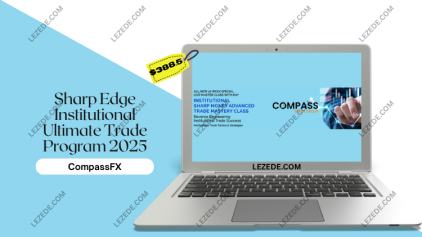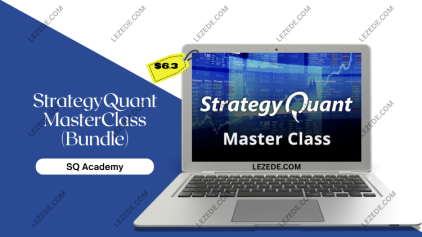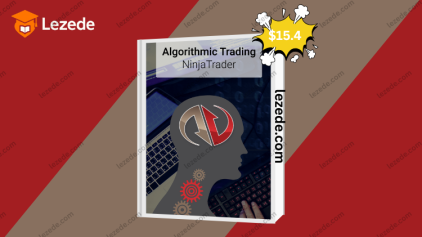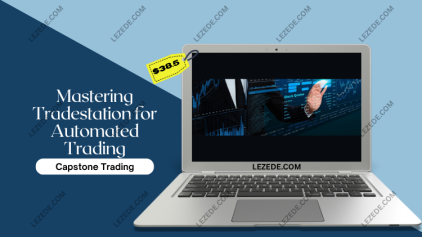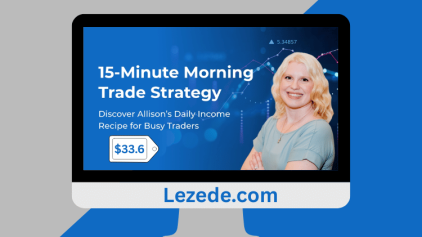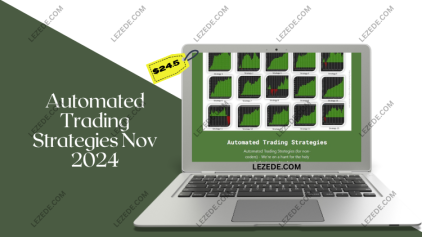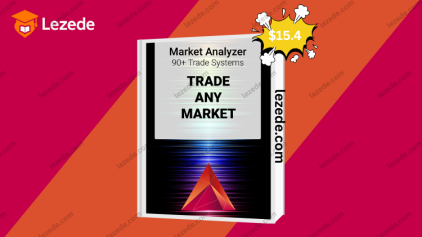Free Download What is Strategy by Michael Porter – Includes Verified Content:
Understanding What is Strategy by Michael Porter
Michael Porter’s What is Strategy? has become a landmark work in strategic management since its publication in the Harvard Business Review. This influential paper challenges businesses to move beyond mere efficiency and instead focus on creating a unique market position. Porter argues that operational effectiveness is not a strategy—and that true competitive advantage comes from differentiation and value creation.
Strategy vs. Operational Effectiveness: A Crucial Distinction
One of Porter’s key points is that strategy and operational effectiveness are often confused—but they are fundamentally different. Operational effectiveness refers to performing similar activities better than rivals. This includes process improvements, cost reduction, and total quality management.
However, these methods are easily replicated by competitors, creating an environment where everyone improves yet no one gains a lasting edge.
In contrast, strategy is about being unique—offering a distinct value proposition that competitors cannot easily copy. For example, Apple differentiates itself through innovation and design, not just better processes.
Why Focusing Only on Efficiency Can Be Dangerous
Porter warns that many firms fall into the trap of chasing efficiency at the cost of losing their unique market position. This “race to the bottom” can lead to price wars and shrinking profit margins, especially in industries where companies offer near-identical products.
Take Walmart and Target as examples. Both are operationally efficient, but Target maintains its competitive edge through differentiated customer experiences and curated brand partnerships, not just price.
The Role of Strategic Trade-Offs
A vital concept in What is Strategy? is the importance of making trade-offs. Strategy is as much about what you choose not to do as it is about what you focus on.
By choosing what not to pursue, companies can:
-
Protect their core value proposition
-
Avoid straying into competitive convergence
-
Allocate resources more effectively
Example: Strategic Trade-Off Table
| Company | Strategic Focus | Key Trade-Off |
|---|---|---|
| Apple | Innovation & branding | Higher pricing over cost leadership |
| Walmart | Low prices | Limited product assortment |
| Target | Customer experience | Higher costs for better service |
| Southwest Air | Low-cost air travel | Fewer amenities, faster turnaround |
Building a Sustainable Competitive Advantage
A sustainable strategy is one that aligns every aspect of the organization—from marketing and operations to HR and customer experience. Porter stresses the need for fit: a system where all parts reinforce the company’s unique position.
Companies that thrive long-term:
-
Understand shifting customer needs
-
Adapt while staying true to their core strategy
-
Maintain coherence between operations and market messaging
Nike is a good example—it combines strong branding, innovation, and consistent product quality to create long-term customer loyalty.
The Risk of Ignoring Strategy
Porter also warns that neglecting strategy leads to imitation and price competition. Businesses that focus solely on efficiency may survive short-term but risk losing customer loyalty and distinctiveness.
In fast-moving sectors like tech or consumer goods, companies that fail to define a clear strategy often fall behind despite their operational excellence.
Conclusion: Why Porter’s Strategy Model Still Matters
What is Strategy by Michael Porter offers timeless insights for businesses navigating competitive environments. By clearly defining strategy as unique positioning, emphasizing trade-offs, and promoting system-wide alignment, Porter provides a framework for sustainable success.
Companies that embrace these principles are better equipped to stand out, adapt to change, and build lasting value in today’s rapidly evolving market.



